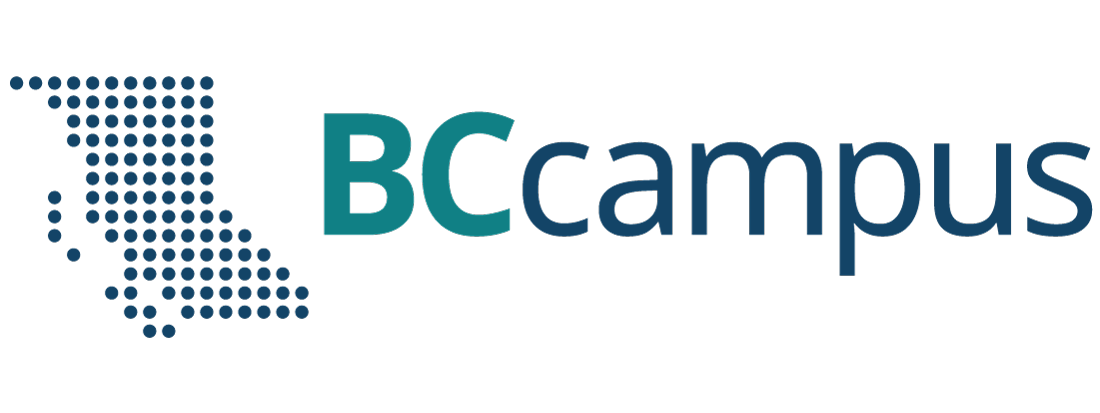Start Here

Welcome to the eight-week Digital Literacy Challenge Series!
Let’s start by asking, What the heck is digital literacy?
According to the B.C. Post-Secondary Digital Literacy Framework (p. 3), “Digital literacy is a person’s knowledge, skills, and abilities for using digital tools ethically, effectively, and within a variety of contexts in order to access, interpret, and evaluate information, as well as to create, construct new knowledge, and communicate with others.”
The definition of digital literacy is complex, and in fact there are lots of different definitions. While digital literacy is new territory for everyone, for educators it can feel especially overwhelming. We’re just at the beginning of this learning journey to collectively embrace digital literacy in our work as educators.
For a moment, let’s consider “literacy” on its own. We’ve been teaching our children and students how to read and write for centuries. We know there are big differences between simply teaching a student to read a book out loud and teaching a student to research and write a critical reflection paper on a book.
Similar logic applies when we add in the “digital” element. Today, our collective physical spaces are tightly intertwined with digital spaces. As educators it is essential to ensure that we and our students are able to navigate across all spaces. Our students may be using the technology every day (i.e., like being able to read a book out loud), but that is far from being digitally literate (i.e., like being able to write a critical reflection paper).
This simplified interpretation has a caveat, though: when it comes to digital literacy, we also have to consider access to digital tools, the cost of digital tools, the differences across modalities (e.g., tablet versus computer versus phone), how each platform offers different interpretations, and so on. As you can see, the deeper we get into digital literacy, the more complex and potentially overwhelming it becomes. The important thing to keep in mind is that a wide variety of competencies work together to make a digitally literate person.
The intention of this challenge series is to distill the topic of digital literacy into bite-sized pieces — specifically eight bites corresponding to each of the eight competencies in the B.C. Post-Secondary Digital Literacy Framework, so you can successfully start your journey to becoming a digital literacy educator.
Over the next eight weeks, for each of the eight competencies, we will provide a weekly overview and a simple challenge, and we’ll discuss:
- What digital literacy means under each competency
- The importance of each competency
- How each competency affects our work as educators
- How we can incorporate each competency into our work as educators
Icebreaker Activity
Let’s kick off this challenge series with an icebreaker! Share with us in the discussion below your responses to this question:
What emotions come up for you when you think about digital literacy? Please provide your responses using one or two simple words, like fear, excitement, frustration, or anxiety.

